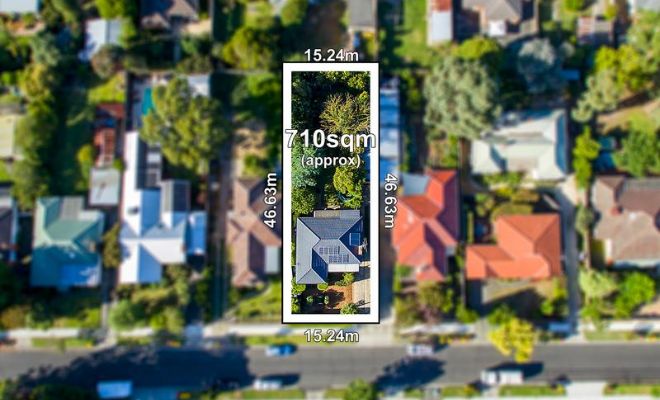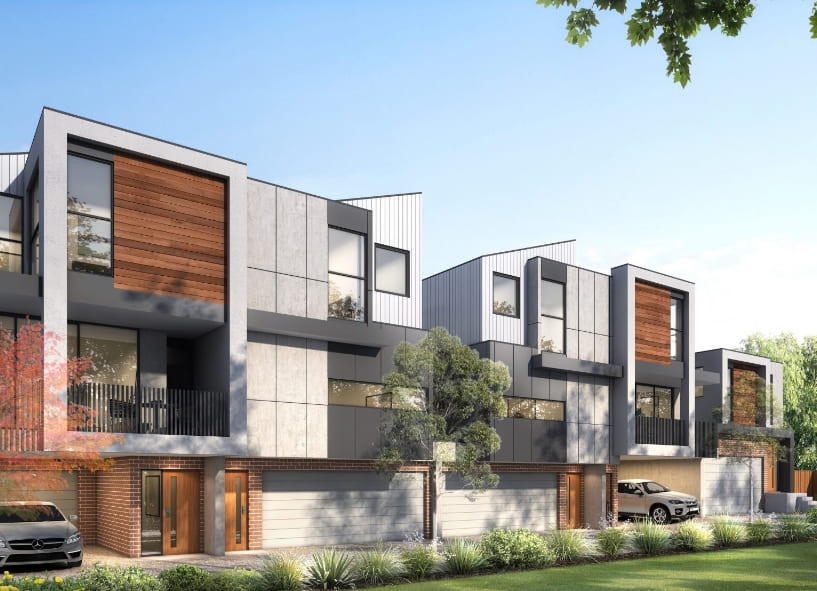As the investment landscape becomes increasingly competitive, having experienced property investment advisors by your side is crucial. In Melbourne, where the market dynamics can change swiftly, our team at Property Analytics provides invaluable guidance:
Promise clients this: we will save you time, lower your risk, increase your returns, and bring you more purchase opportunities.

Our data platform is comprehensive: property, economics, demographics, schools, infrastructure...
We secure family homes, high-growth investments and profitable residential development projects
Our fees are based on deliverables: purchase, permit, build tender, construction completion
We are very discerning about property recommendations to our clients. Read dozens of real-life success stories below
Get the best investments properties, development projects & market insights

$0m
Min 5 / Max 10
0+
We strive to be as transparent as possible in all that we do.
The best investment properties are ones that grow in value the most over time. Banks typically require you to tip in 20% of the purchase price in cash/savings, and, depending on your income and borrowing capacity, will lend you the remaining 80%. Get this sorted with the banks before you actively look. At the time of purchasing a property, you will need to transfer a 10% deposit to the vendor’s trust account, so make sure you have that available either via a cheque or EFT.
An investment property is a house/townhouse/apartment that you buy and then rent out to a tenant. The rental income that you get from your tenant should go a long ways to paying off the loan that you take out from the bank to own the property.
The most important thing to consider in an investment property is future price growth prospects. Key growth drivers that we study: demographics, infrastructure, amenities, land size, orientation and zoning. Ideally, your investment property will have value-add opportunities that you can capitalise on in the future (e.g. extension or development). Prior to purchasing, make sure you itemise all immediate and near-term improvements you will need to make it rentable – look at windows, heating/cooling, appliances, gutters, and signs of any water damage or unstable floors.
Simple math shows that you will be far better off in 10 years from purchasing a property that will achieve strong price growth than you would from purchasing a property that will achieve strong rental yield. There is typically an inverse relationship between price growth and rental yield – properties that provide a strong rental yield (e.g. apartments or regional houses) tend to grow in value over time far less than properties with weaker rental yield (e.g. established houses). You’ll do best from purchasing a property investment that has decent land content, because it’s land that appreciates in value over time not the dwelling – think about why you get tax depreciation benefits on new builds?
Smart investors use their money to make more money. Let’s say you owe $0.3m on your $1.om home… Your LVR (Loan to Value Ratio) is 30% whereas it could be 80%. You could pull out $0.5m, pay about 3% interest on it to the bank, and use it to purchase a Melbourne investment property that, on average, will grow in value by about 8% per annum (based on the average annual price growth over the last 40 years). And, you can get a renter in who will largely pay your mortgage off for you. You will be far better off in 10 years with a growing property investment portfolio than you would be from paying off your home loan.
We’re not accountants or financial planners, but we can tell you what some of our clients have done… One client had $800k in his super. He took $400k of that and used it to purchase an investment property of $800k. The tenant who he put in paid enough rent to pay off the loan on the remainder, and he’s treating the property as a long-term investment that is growing in value while it remains largely cashflow positive.